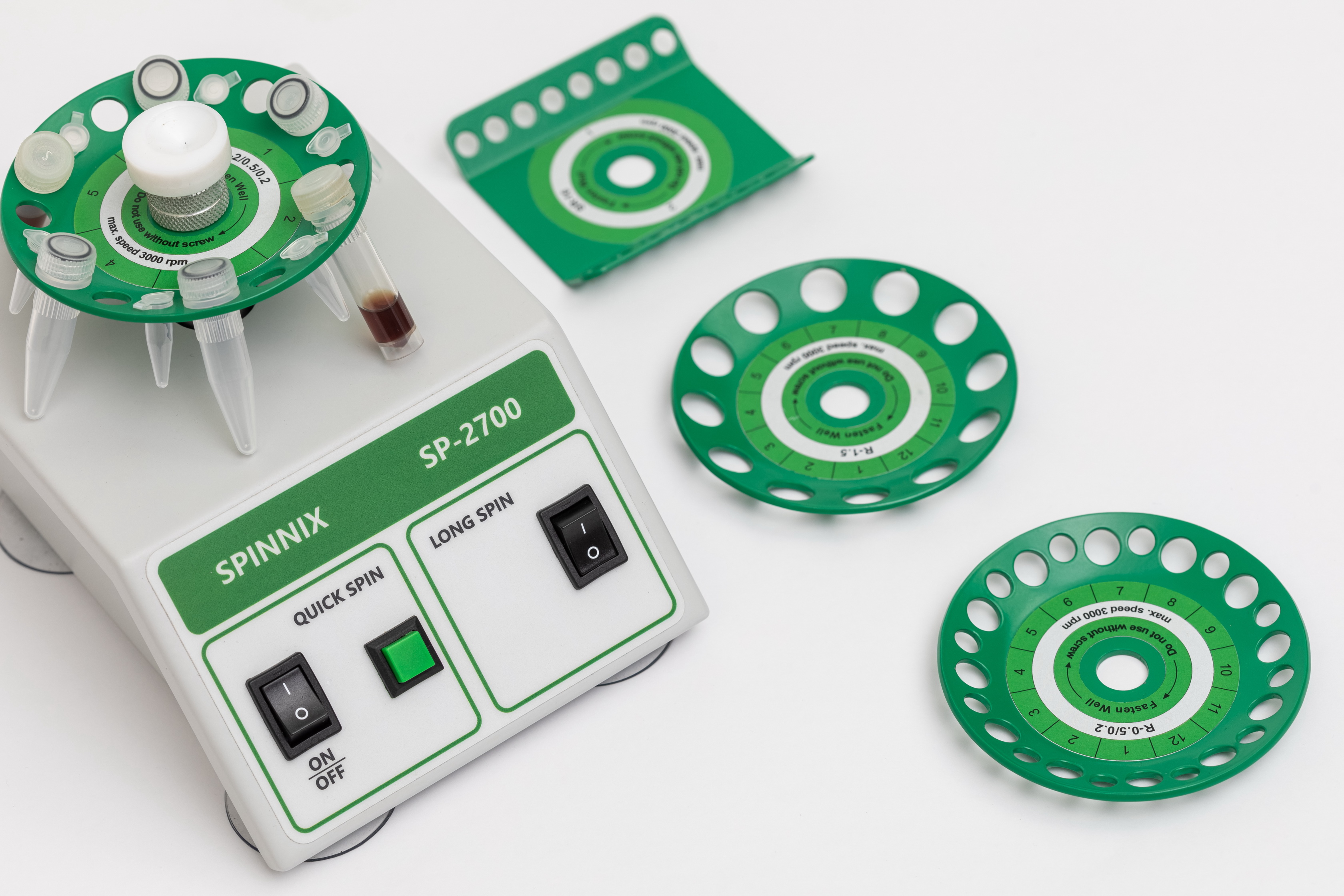Catalog
Search
8 products
View:
8 products
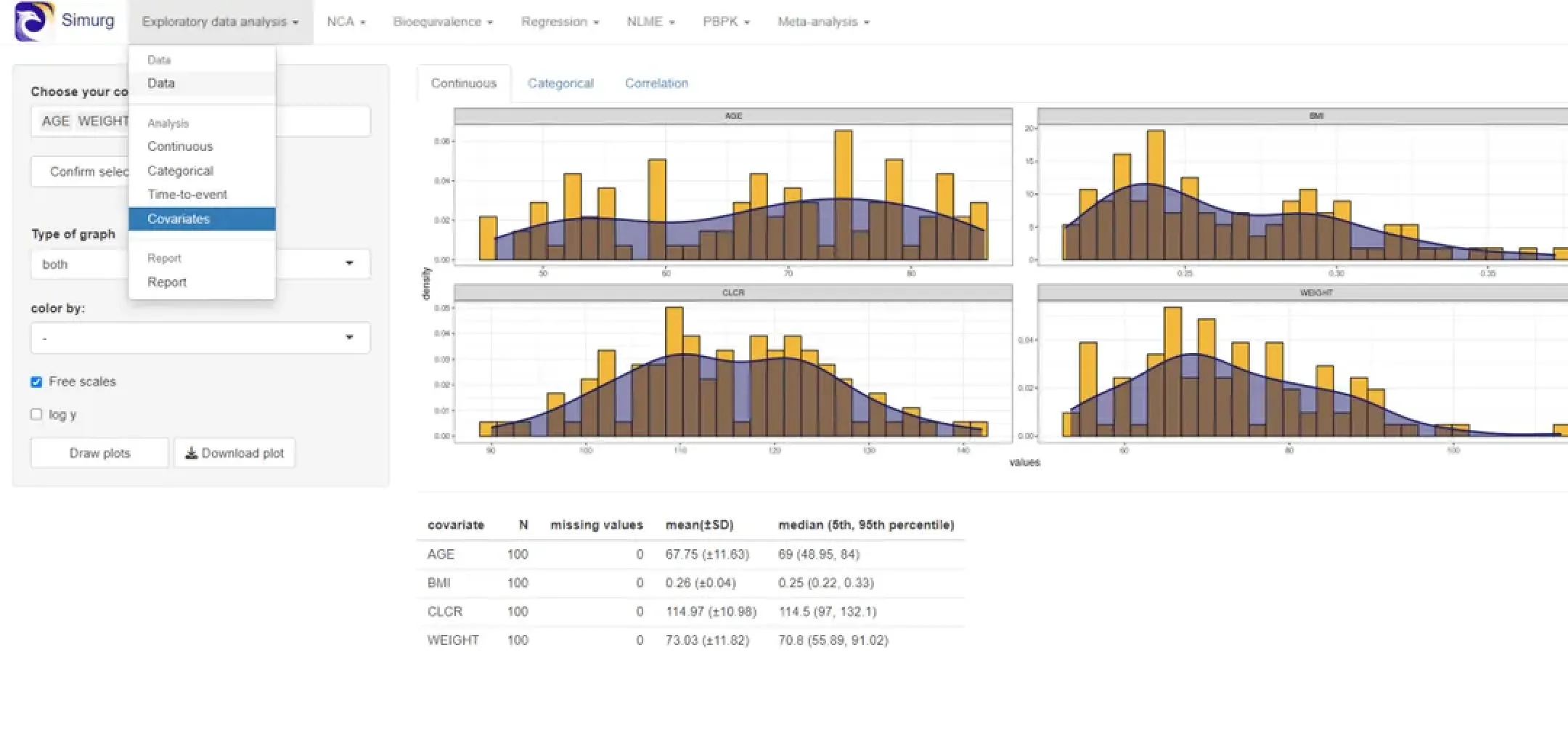
The EDA module
The EDA module is designed to perform exploratory data analysis. It allows you to analyze the structure of the data, as well as identify patterns in them.
СимургФарм
Москва
Produced in: Moscow
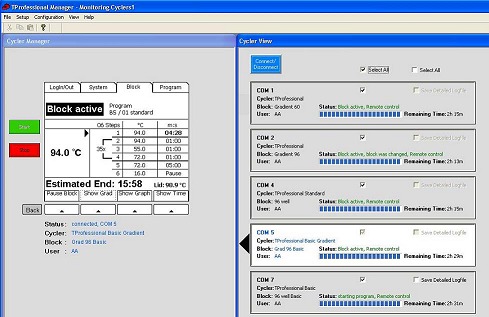
Software for ТProfessional Manager Amplifiers
The Biometra TProfessional Manager software is designed to manage TProfessional series amplifiers (thermal cyclers). TProfessional Manager allows you to simultaneously manage five TProfessional amplifiers, create, edit and save amplification programs for them.
The program has a simple and intuitive interface with the possibility of tabular or graphical programming mode.
Лабораторная Диагностика
Москва
Produced in: Moscow
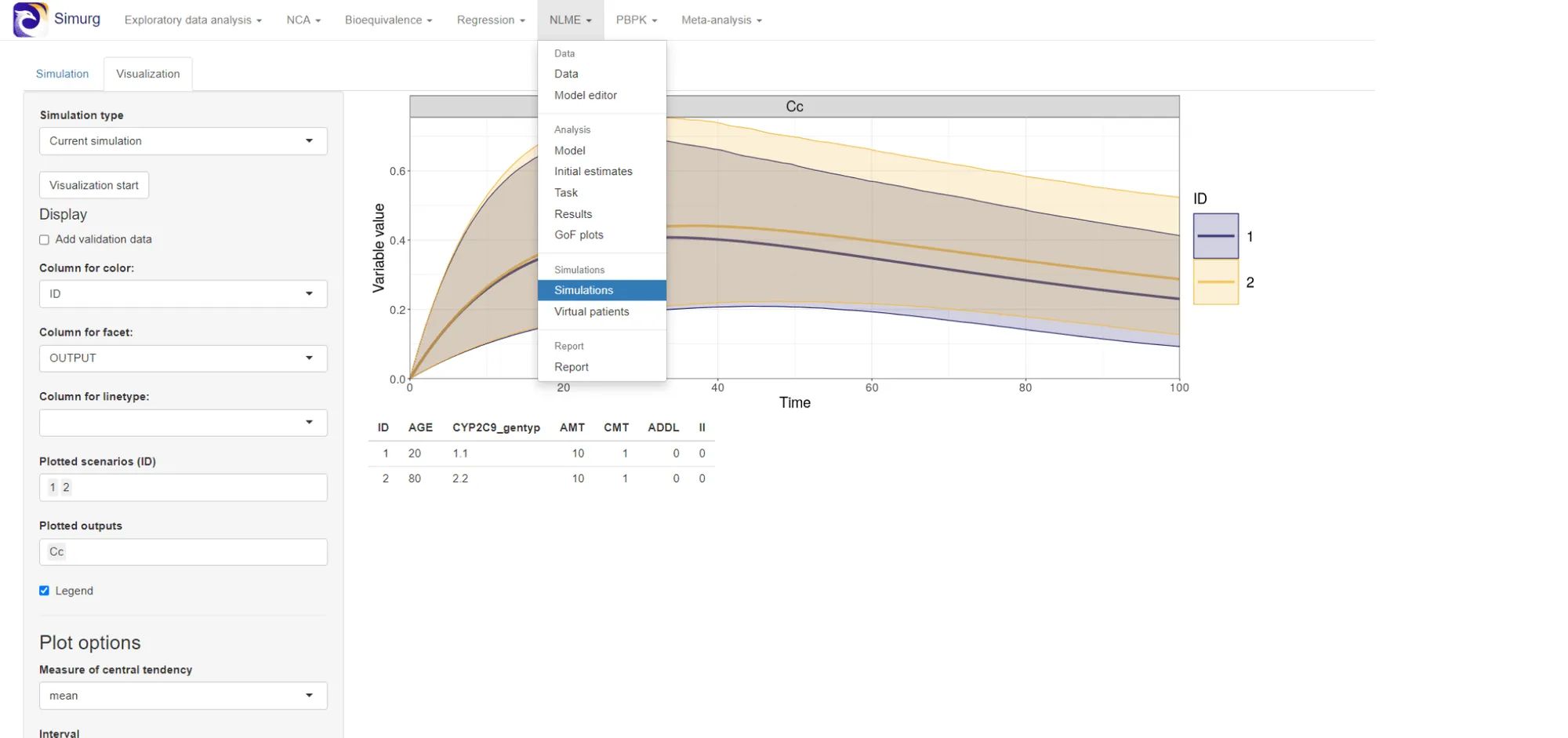
Nonlinear Modeling module with mixed effects NLME
The NLME nonlinear modeling module with mixed effects will help to analyze data in which there is a nonlinear relationship between dependent and independent (time, covariates) variables and take into account the influence of all necessary factors.
СимургФарм
Москва
Produced in: Moscow

Embryological LIS iSee
iSee is a Russian laboratory information system for ART clinics.
This is the first domestic development of such a purpose.
This is the result of the joint efforts and competencies of Skylit and the network of ART clinics CSM
Скайлит
Москва
Produced in: Moscow
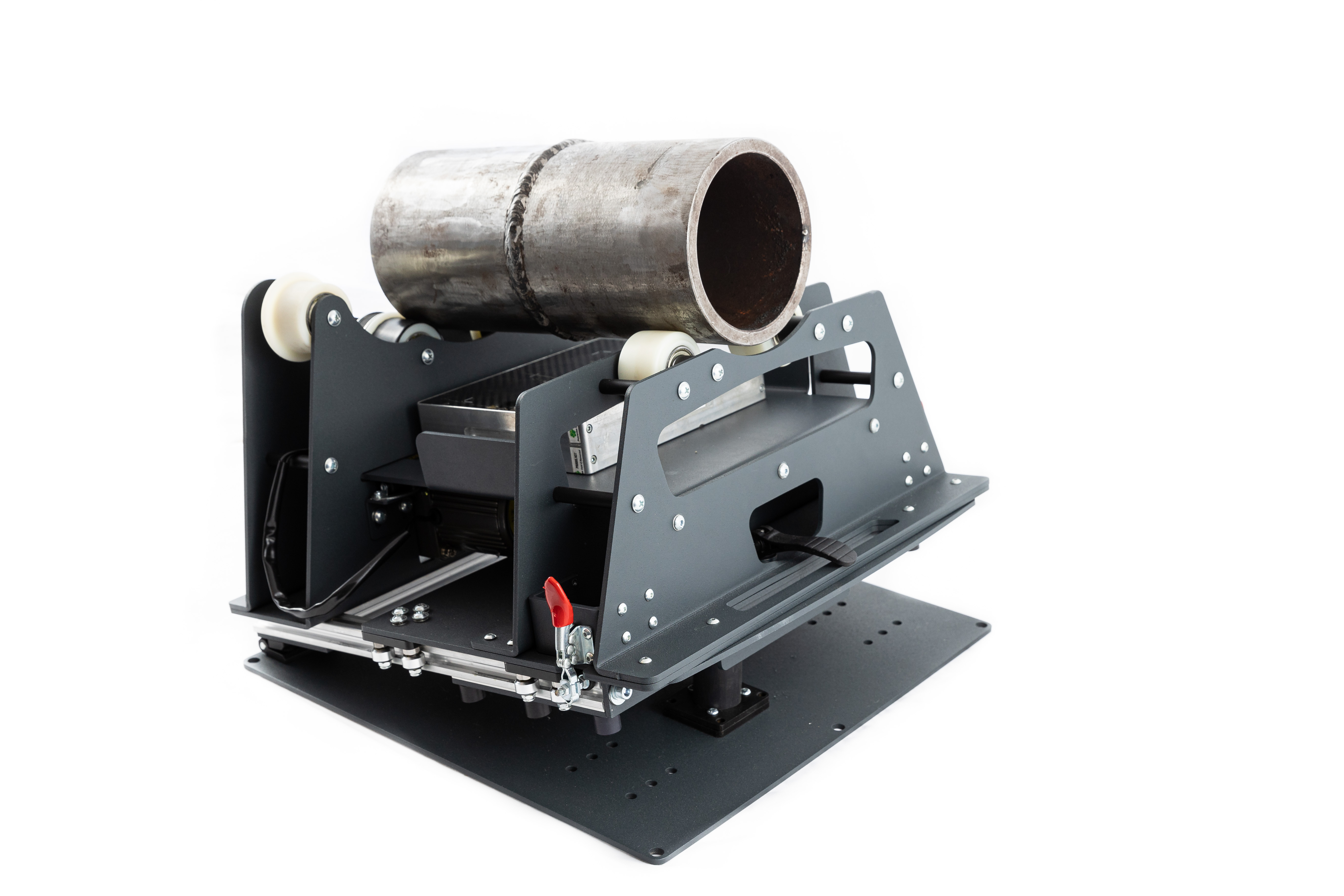
Hardware and software complex "Chameleon" for a comprehensive assessment of the quality of KSS
1 supp.
The use of the Chameleon complex will allow during a one-time installation of the object:
• to carry out visual and measuring control of the welded joint
to determine the required number of exposures at the specified values of the distance "radiation source-object of control", the size of the focal spot, the control class according to the standard GOST ISO 17636-2-2017
to measure intensity (gray level)/optical density at any point of the image
to display a histogram (distribution) of image intensities
to display a histogram of the intensity/optical densities of an arbitrarily selected segment or area in the image
to use digital filters to restore some of the useful information in the digital image
calibrate the "electronic ruler" according to the known dimensions of objects in the image (for example, the sensitivity standard)
to measure after calibration the linear dimensions of defects, the distance between defects, the distance between any points in the image
after calibration, to measure the linear dimensions of defects, the distance between defects, the distance between any points in the image calculate the area of defects measure the signal-to-noise ratio along the rectangle 22 by 50 at the point under the cursor determine the value of the basic spatial resolution SRb from the image of the double wire type standard
• to obtain an X-ray image of the welded joint in accordance with GOST ISO 17636-2-2017
• to perform measurements of the irregularities of the welded joint detected by the results of decoding
• to generate a conclusion based on the results of the control without an intermediate stage of fixing the results
Flat panel detector "Prodis.Mark"
technology: CMOS
scintillator: CsI
operating modes: static, dynamic (without the use of intermediate processes of "fixing" the radiation image)
the maximum energy of the radiation source is 300 keV
pixel size: 50 microns
the size of the active area: 12x15, 15x24 or 24x30 cm
Software – DICONDE Engineering solutions and technologies used in the manufacture of the detector allow: to ensure high data reading speed and low noise level; to meet the requirements for the quality of the resulting image according to GOST ISO 17636-2 for thicknesses in the range of 1.5-12 mm; to reduce by an order of magnitude the control time during exposure in real time (analog of the X-ray method)
Device for non-contact measurement of geometric parameters of a welded joint
It is intended for obtaining a digital model of the profile of a welded joint in real time and subsequent measurement of such parameters as: linear and angular displacement of edges, height and width of reinforcement, smooth transition from the main to the deposited metal, depth of undercuts.
The achieved measurement accuracy is 0.1 mm
Control welded joint rotator
Provides circular movement of the object under control in accordance with the specified modes:
the speed of rotation, the number of stops, the pause time required for the exposure.
RII MNPO SPEKTR
Moscow
Produced in: Moscow
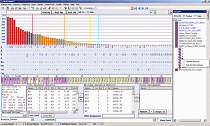
HLA Fusion software for the integration and analysis of HLA typing data and the determination of antibodies to HLA
The HLA Fusion program allows you to analyze the data obtained using One Lambda kits for HLA typing and antibody detection. Fusion can be used in laboratory computer networks. The program works with data from LabScan 100 and Bio-Tek ELX800-NB devices. The user can adjust the "cut-off" values to refine the results and create their own work reports. A convenient database includes: complete patient information, antibody screening history (LABScreen, FlowPRA, LAT, LCT), genotyping (rSSO, SSP, SBT), serological typing (LMT, Terasaki Tissue Typing trays), KIR and MICA typing.
The program includes modules for analyzing the results obtained using the One Lambda kits: FlowPRA, Micro SSP, LABScreen, LABType, LAT, LCT, and Quantiplex microspheres. The One Lambda software is designed to facilitate the analysis of results and the determination of HLA. However, it should be remembered that the program is just an assistant and the results should be carefully checked by a specialist with HLA typing experience to confirm the correctness of the result.
Лабораторная Диагностика
Москва
Produced in: Moscow

BARS.Healthcare - Laboratory Information System 2.0
The centralized solution is designed to standardize the exchange of laboratory research data, combining all clinical and diagnostic laboratories in the region into a single system.
The system provides all the necessary tools to automate each stage of the laboratory process, from the receipt of biomaterial for research to the issuance of results to the patient, as well as extensive analytical capabilities for the management of a medical organization to monitor and evaluate the effectiveness of the use of materials, equipment and personnel labor costs.
The key feature of LIS 2.0 is integration with MIS, which allows doctors to see all the tests in a single information space.
БАРС Груп
Москва
Produced in: Moscow

Laboratory information system "Across-Clinical Laboratory" (LIS ACL)
With the help of LIS ACL, you can:
- register orders by means of barcoding;
- maintain databases of patients and samples;
- sort and distribute samples to workplaces;
- connect analyzers for automatic transmission of tasks to automate manual techniques;
- quickly generate worksheets of the required format for manual techniques;
- conduct quality control in accordance with Russian and international standards;
- to introduce rules for the appointment of additional studies, depending on the results obtained;
- customize the format for providing results in text or numeric form;
- quickly generate statistical reports on the following parameters/formats;
- add expert comments to the results of completed tests, select various forms of data printing;
- send research results by e-mail;
- view patient histories, including the dates of their visits and the results of the studies;
- to integrate with medical information systems and regional health information services;
- receive prompt technical support for the product around the clock.
Акросс-Инжиниринг
Москва
Produced in: Moscow
